
|   |

|   |
Guru Charane Nibedan - Tapati Chowdhurie e-mail: tapatichow@yahoo.co.in Photos: Arijit Saha June 13, 2022 Guru Charane Nibedan in honour of Guru Kelucharan Mohapatra featured other genres such as Kathak and Manipuri besides Odissi dance. The festival was organized at Gyan Manch, Kolkata, by Sweta Dance Academy and its artistic director Saswati Sarkar, who is herself an Odissi dancer. 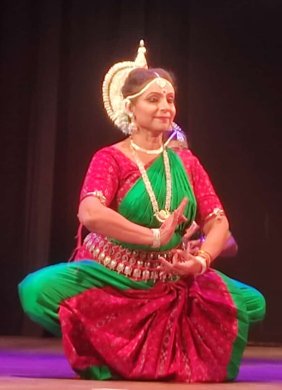 Saswati Sarkar 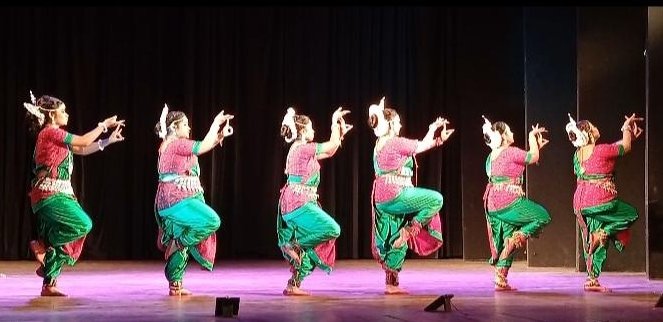 Sweta Dance Academy The program commenced with Saswati Sarkar and her disciples' presentation of Mangalacharan followed by Megh Pallavi elaborating pure dance. The blending of pure dance with the beautiful strains of Megh raag, composed by Guru Ratikant Mohapatra, was delightful. Saswati Sarkar performed a solo expressional dance, "Dekho go Sakhi Radha Madhava chali" giving us glimpses of the eternal love of Radha and Krishna, composed and choreographed by Ratikant Mohapatra. She emoted with intense feelings, the longing of the individual soul to be one with the Supreme. The institution's grand finale was Dasavatar rendered in group from Kavi Jayadeva's Geeta Govinda, as envisioned by Saswati Sarkar. 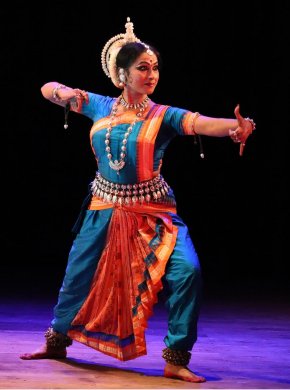 Sujata Mohapatra Notwithstanding her tired limbs after a hectic Spanish tour, Odissi exponent Sujata Mohapatra performed the Odia version of a part of the Ramayana consisting of Sita's wedding and her stay at Panchavati along with Rama and Lakshman, her coveting the golden deer, Ravana's abduction, followed by Jatayu Moksha. The crispness of her well packaged excellent presentation was to the dance and music composition of the legendary duo Kelucharan Mohapatra and Pt Bhubaneswar Misra. Her dance displayed the nine emotions with the strongest of overtones. 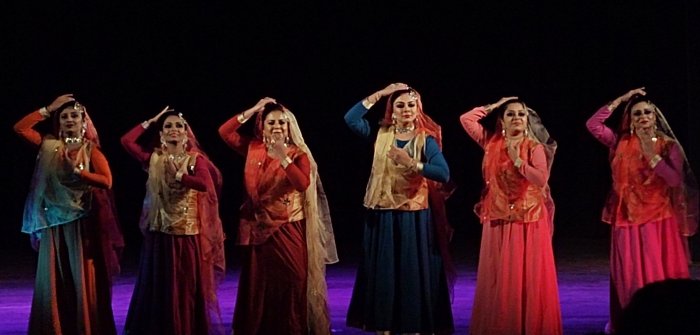 Ashimbandhu's disciples Accomplished Kathak dancer/mentor Ashimbandhu Bhattacharya - artistic director of Upasana - and his repertory members' Parikrama was refreshingly about life's journey, albeit with a destination which connects one with the Divine. Life's journey was portrayed through symbolism into the realms of eternal bliss through the idiom of Kathak. Whirls and turns held your attention. Conceptualized and choreographed by Ashimbandhu, it was performed by Avik Chaki, Subrata Pandit, Tanni Chaudhuri, Sukanya Banerjee, Trisha Chatterjee, Durjaya Bardhan, Sudhanya Som and Debasmita Ghosh. With Subrata Pandit and Avik Chaki, he did Taal Dhamar blended in both Jaipur and Lucknow gharana Kathak. He called the first piece Mel Bandhan and used the different aspects of the two styles of Kathak dance. Taal Dhamar is a male oriented taal, the beauty of which was brought out by the music composition of Jayanta Banerjee. The next piece was to a lyric of Amir Khusrau, the devotee of the Sufi saint Nizamuddin Aulia, whom he addressed as a lover and tells his friends, "Aeri Sakhi mohe piya ghar ayo", and adorns himself with gajra flower garland, kajal etc. An aura of romanticism was created on stage. 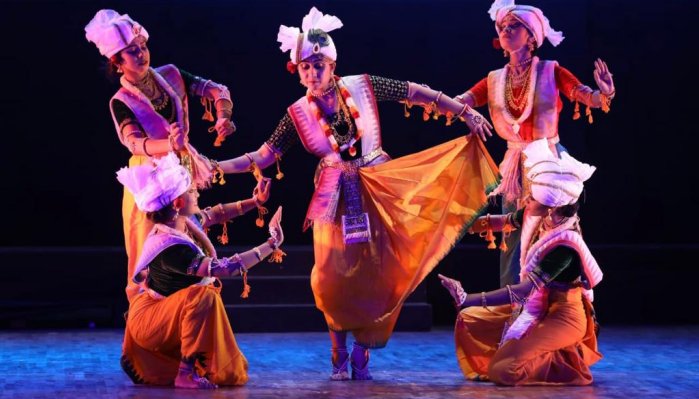 Sakhya Prem Guru Bipin Singh's disciple Sruti Bandopadhyay has risen to fame with her versatility. Besides her Manipuri background her artistic sensibilities has extended to Rabindra Nritya Dhara of Santiniketan, which unfortunately is little understood. In this festival Sruti Bandopadhayay's troupe presented Sakhya Prem in Bipin Singh style of Manipuri dance. The various facets like Nanichuri and Kandukhel of Manipuri dance has been blended with creativity in the piece. Though the theme is based on the childhood pranks of Krishna, the dance composition has borrowed freely from the various dances of Manipur and has also drawn inspiration from Guru Bipin Singh's works for stage. It has also been inspired from the Udakhal rasa and the Gosthalila of Manipur. Sakhya Prem consisted of three scenes - the first scene depicted the stealing of buttermilk by Sri Krishna, Balaram and their friends; the second scene was set at Nandalaya i.e. the home of Yashoda and Nanda - Krishna's foster parents - to allow Krishna to accompany them to play and allow them to go to the meadows for grazing the cows. Though, initially reluctant, Yashoda finally agreed to let them take him. The final scene depicted Krishna, the grazing of the cows, playing a game of ball with his companions. Inadvertently the ball falls into the river, where dwells demon Kaliya but to bring the ball he had to face the wrath of Kaliya who is brought to his knees and subjugated. For the lack of time, the second scene had to be cancelled. Troupe members Anwesha Bagchi in the role of Balaram, Somabha Bandopadhyay was Krishna, Amrita Ghosh alternated between Yashoda and Kaliya, Shreya Mahata, Samapti Chatterjee, Riya Chakraborty were the Sakas. Music direction was by Thoiba Singh, Prasenjit Karmakar provided the light designs. 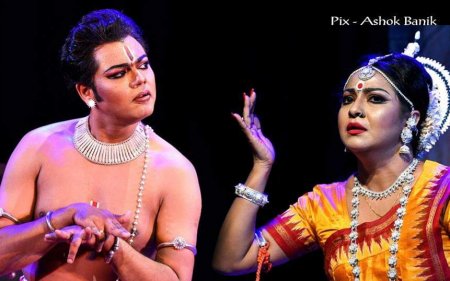 Subikash Mukherjee & Shayomita Dasgupta 'Chudamani Pradan' from Tulsidas' Ramcharitmanas - an oft performed episode from the Ramayana - is an all time great. Its message of undying love and yearning and the devotion of a bhakta have always been cathartic. The conversation between devotee Hanuman and the frightened Sita in Ashokvana culminates in Sita giving her chudamani - head ornament - to Hanuman for identification. Hanuman's colourful character -visualised and composed in dance by Kelucharan Mohapatra to the accompaniment of engaging music by Raghunath Panigrahi - was brought out wonderfully by Subikash Mukherjee. Shayomita Dasgupta as Sita did justice to her role. So good was the piece that rasikas stayed put even though it was the last piece of a very long evening of dance.  Tapati Chowdurie trained under Guru Gopinath in Madras and was briefly with International Centre for Kathakali in New Delhi. Presently, she is a freelance writer on the performing arts. |